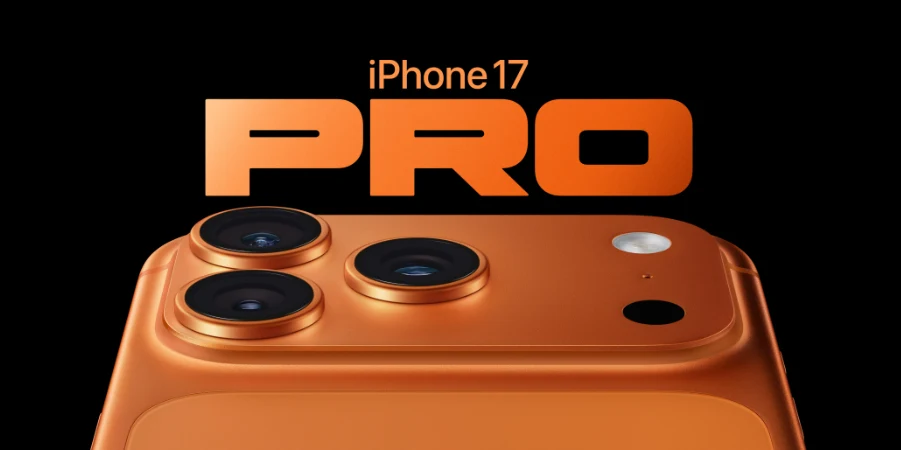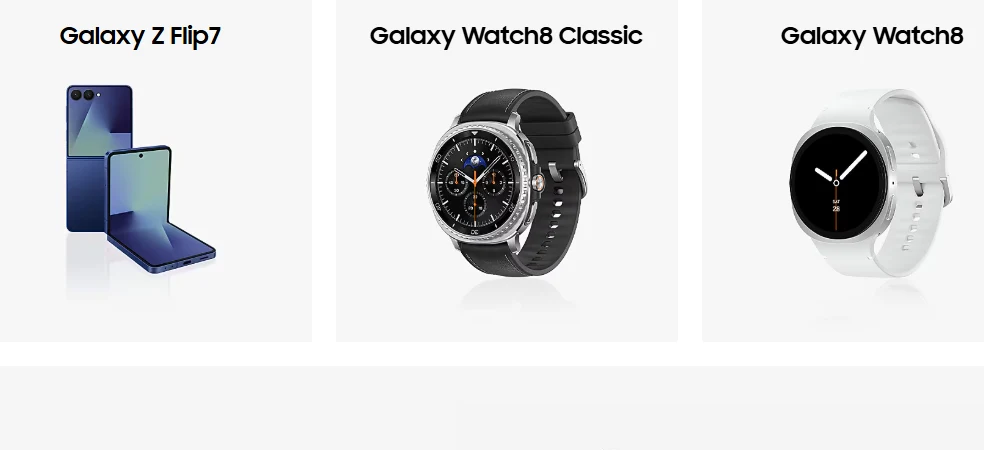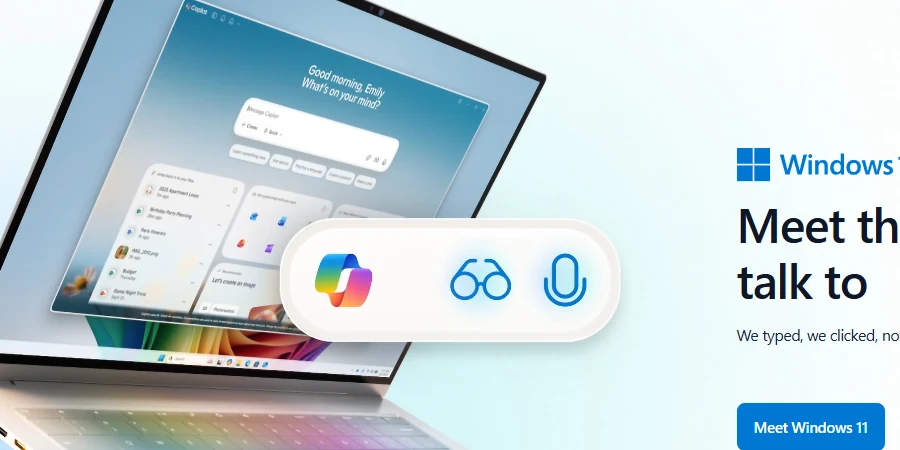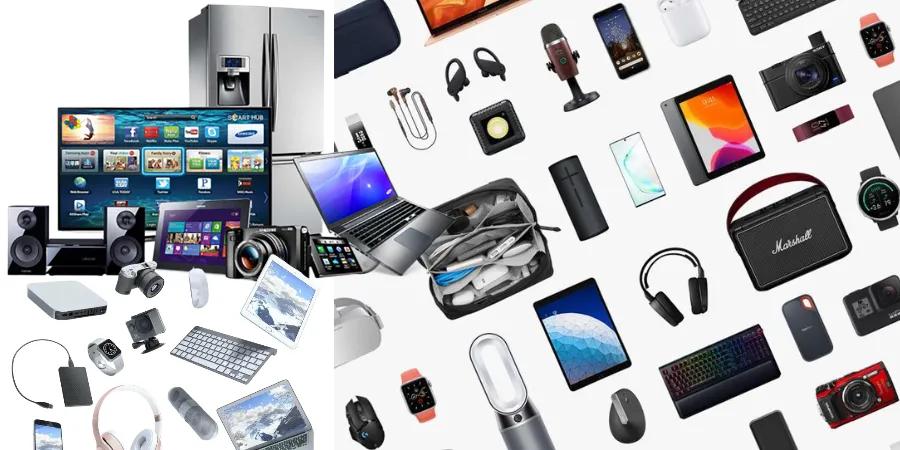The global consumer electronics industry has grown into one of the most dynamic and influential sectors in today’s economy. From smartphones and laptops to wearable devices and smart home appliances, digital products are now deeply woven into the fabric of everyday life. Visiting an electronics store today offers a glimpse into how rapidly innovation continues to shape the way people live, work, and connect.
This article explores the journey of consumer electronics-from its origins and major brands to emerging technologies reshaping the marketplace. Behind all of these innovations lies an often-unseen foundation: advanced PCB (Printed Circuit Board) engineering, which allows electronic systems to be thinner, faster, and more reliable than ever before.
The Rise of the Consumer Electronics Era
The roots of modern electronics go back to the invention of the radio and early televisions in the 20th century. Over the decades, constant innovation has given rise to products that are smaller, faster, and more powerful. The transition from analog to digital systems marked a key turning point, leading to personal computing, the internet, and mobile connectivity.
In today’s electronics stores, the variety of devices is staggering. Smartphones now combine the functions of a camera, GPS, music player, and computer in one device. Laptops and tablets have blurred the line between work and leisure. Meanwhile, smart home gadgets like connected thermostats, lighting, and voice assistants have transformed domestic living.
As technology continues to advance, every component-from microchips to high-density PCBs that connect them-plays a role in pushing performance and miniaturization forward. Electronics have become not only tools but lifestyle companions-enabling efficiency, entertainment, and global communication.
A Brief History of Consumer Electronics Companies
The consumer electronics landscape has been shaped by several pioneering companies across different decades. Each major brand brought its own vision and innovation that defined how people use technology.
From Japan’s postwar manufacturing boom to Silicon Valley’s software revolution, these companies have helped turn personal electronics into a trillion-dollar global market. Their ability to adapt, innovate, and anticipate consumer demand remains at the heart of their success-and much of this progress has been supported by advancements in circuit design and PCB manufacturing, which make it possible to fit greater functionality into ever-smaller devices.
Top 8 Consumer Electronics Companies in the World
Below are eight global leaders that have consistently influenced the direction of consumer technology. Their innovations continue to fill the shelves of every electronics store worldwide.
1. Apple Inc.

Website: https://www.apple.com/
Apple stands as one of the most iconic names in the technology world. Founded in 1976, the company revolutionized personal computing with the Macintosh and redefined mobile communication through the iPhone. Today, its ecosystem-ranging from Mac computers and iPads to wearables like the Apple Watch-dominates both design and user experience.
Apple’s focus on seamless integration between hardware and software has turned its products into symbols of modern living. Beneath that sleek design lies a sophisticated PCB architecture that balances high-speed signal integrity with ultra-thin structural constraints-enabling Apple’s minimalist form factors.
2. Samsung Electronics

Website: https://www.samsung.com/
Headquartered in South Korea, Samsung Electronics is a leading manufacturer of smartphones, semiconductors, and home appliances. Known for pushing boundaries in display and battery technology, Samsung has played a crucial role in shaping the mobile era.
The company’s Galaxy series competes directly with Apple’s iPhone, while its QLED and OLED TV lines remain benchmarks in visual entertainment. Its expertise also extends deep into component engineering-from semiconductors to advanced PCB assembly-supporting innovation across product categories.
3. Microsoft Corporation

Website: https://www.microsoft.com/
Microsoft is widely recognized for its Windows operating system, but its influence in consumer electronics extends far beyond software. The Xbox gaming console, Surface laptops, and cloud-connected devices showcase how Microsoft bridges productivity and entertainment.
Each generation of its hardware reflects refinements in thermal design, energy efficiency, and multi-layer PCB layout optimization, ensuring stable performance across complex electronic ecosystems.
4. Sony Corporation

Website: https://www.sony.com/
Sony has long been a global leader in entertainment and technology. Founded in Tokyo in 1946, Sony pioneered products like the Walkman and PlayStation, both of which reshaped consumer behavior. Today, the company’s portfolio includes TVs, cameras, audio equipment, and gaming consoles-all synonymous with quality and creativity.
Sony’s consistent innovation in image sensors, immersive sound, and gaming relies on precision electronics and high-frequency PCB design that supports advanced data transfer between processors, sensors, and storage systems.
5. Intel Corporation

Website: https://www.intel.com/
Intel is one of the world’s most influential semiconductor manufacturers. Its processors have powered countless computers and devices since the 1970s. Although traditionally associated with PCs, Intel’s recent developments in artificial intelligence, Internet of Things (IoT), and chip design are extending its reach into consumer electronics.
Whether in laptops, tablets, or smart devices, Intel’s silicon innovations depend on equally advanced PCB interconnects-optimized for power delivery, signal integrity, and thermal performance across complex architectures.
6. Huawei Technologies

Website: https://www.huawei.com/
Huawei has emerged as a global force in telecommunications and consumer devices. The company is known for producing feature-rich smartphones, networking equipment, and wearable technology. Despite facing regulatory challenges in some regions, Huawei continues to innovate in 5G networks, camera systems, and sustainable product design.
Its devices integrate cutting-edge RF PCB materials and antenna layout techniques, which are crucial to achieving high-speed connectivity and compact form factors in next-generation smartphones.
7. Panasonic Corporation

Website: https://www.panasonic.com/
With a history dating back to 1918, Panasonic has evolved from producing light bulbs to leading advancements in smart home and energy technologies. The brand remains strong in audio-visual systems, home appliances, and electric vehicle batteries.
Panasonic’s expertise in reliable PCB materials and eco-friendly laminates supports its focus on sustainability and durability-helping its products perform reliably under diverse environmental conditions.
8. Dell Technologies

Website: https://www.dell.com/
Dell began as a PC manufacturer in the 1980s and has since become a major global technology company. Its laptops and desktops are widely recognized for their performance and reliability. In recent years, Dell has diversified into cloud computing, monitors, and peripherals, positioning itself as a bridge between consumer and enterprise markets.
From compact notebooks to gaming systems, Dell’s engineering excellence extends to thermal layout and board-level optimization, which ensures balance between cooling, noise, and power efficiency.
Emerging Trends in the Consumer Electronics Industry
The electronics sector continues to evolve at an incredible pace. Here are some key innovations and trends shaping the future of electronics stores and consumer technology:
Smart and Connected Devices
From refrigerators that suggest recipes to speakers that respond to voice commands, smart technology is now standard. The Internet of Things (IoT) allows everyday appliances to communicate and automate tasks, making homes more efficient and connected. Many of these IoT devices rely on compact, multilayer PCBs with embedded antennas and efficient power management circuits.Artificial Intelligence Integration
AI now powers digital assistants, predictive text, image recognition, and even health tracking. As AI becomes more advanced, consumers can expect smarter, more personalized devices-supported by high-performance chips and PCB architectures optimized for data speed and energy control.Sustainability and Eco-Design
Manufacturers are reducing electronic waste by developing recyclable materials and energy-efficient components. Environmentally friendly lead-free PCB processes and halogen-free laminates are now standard for many global electronics brands.Virtual and Augmented Reality
VR and AR are reshaping education, retail, and professional training. Many electronics stores now showcase VR headsets, allowing customers to experience digital immersion firsthand. These devices depend on lightweight flexible PCBs that can fit comfortably into wearable enclosures while maintaining high signal precision.The Shift Toward Online Retail
While traditional electronics stores remain important, online shopping platforms have grown rapidly. E-commerce allows consumers to compare prices, read reviews, and access a global selection of products. However, physical stores still play a key role in demonstrating and testing devices before purchase.
Conclusion
The consumer electronics industry stands as one of the most fast-moving and influential markets in the world. Every innovation-from the first transistor to today’s AI-powered devices-has reshaped how people interact with technology.
From Apple and Samsung to Intel and Huawei, each major brand continues to push boundaries. And in every electronics store, their creations showcase how far technology has come-and how much farther it can go.
While consumers often focus on the visible design and performance, much of the industry’s progress depends on the unseen foundation of PCB design and manufacturing-quietly enabling the seamless performance, compactness, and reliability that define modern electronics.
As society continues to digitize, the demand for smarter, more sustainable devices will only grow. The next generation of consumer electronics promises not just convenience, but also a more connected and intelligent world.

